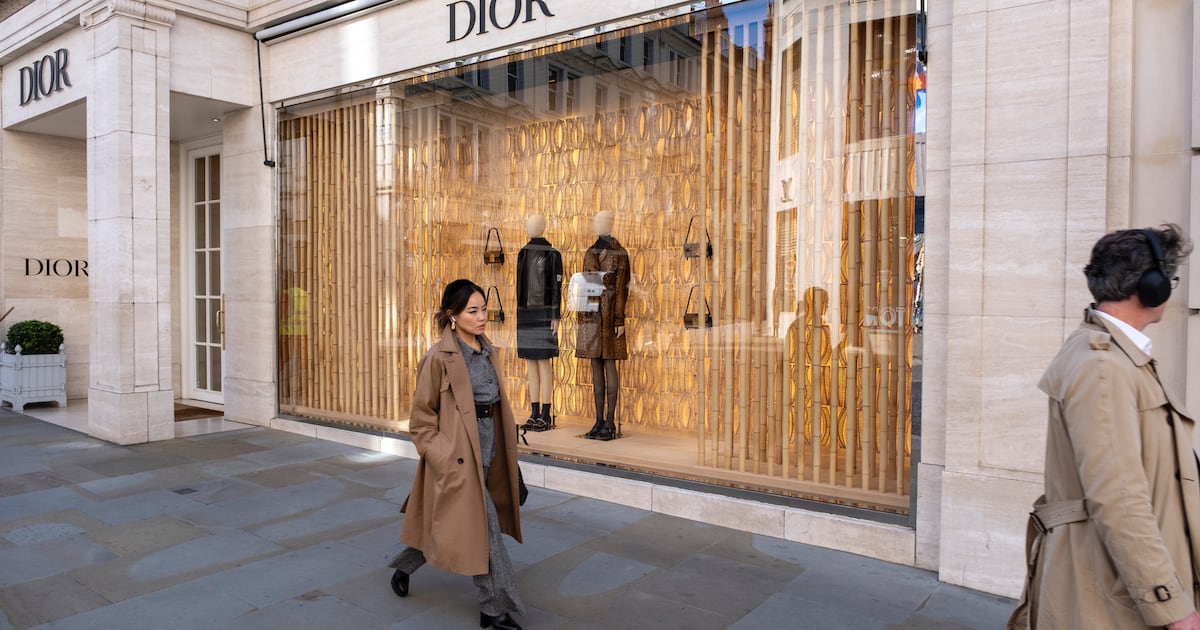Luxury brands would like shoppers to think they are purveyors of uniquely crafted masterpieces. They are not. While employing a number of powerful strategies to maintain the perception of exclusivity, major luxury companies sell millions of units each year.
In a volume business, production costs matter: one euro more or less can have a material impact on profit. So much so that luxury brands have gone to great lengths to minimise production costs, leveraging layers of subcontractors, while risking diminished quality and links to sweatshop labour.
At the same time, price tags have soared.
For more than 50 years, prices for luxury goods rose by roughly 5 to 7 percent per annum, or about double the broader consumer price index, supported by the growing income and wealth inequality that began in the 1980s. Then came Covid-19.
In the last three years, price inflation tracked way ahead of its long-term average, well into the double digits per year. Brands like Dior and Chanel led this escalation, but most followed.
During the pandemic, top players not only doubled their revenues but increased profit margins by more than 600 basis points. There were several drivers of margin expansion, including Chinese repatriation and brandsâ abilities to grow revenues on more or less the same size retail network.
But price increases far beyond inflation provided a critical boost to margins â and the jury is out on how sustainable this effect will be. As consumers sober up from post-pandemic exuberance, luxury faces a growing value for money problem. Brands need to take action on three fronts:
1. Creativity: Luxury brands were overwhelmed by an avalanche of post-pandemic demand. Itâs understandable that they may have thought they didnât have to change much of what they did, as just coping with this demand kept them very busy. As demand moderates, however, itâs vital for brands to wow consumers and give them new reasons to part with their money. This will primarily come from creativity and we are at the beginning of a significant round of designer musical chairs.
2. Quality: There has been a lot of talk in the luxury industry about high quality craftsmanship. Those aiming to overcome the value for money problem will need to put their money where their mouth is, so to speak. This will require further upstream integration â including more acquisitions of suppliers with unique skills â as well as a focus on sourcing the best of the best in raw materials. Hermès, LVMH and Richemont have all gone down this path already. Will others follow?
3. Pricing: Exuberant price hikes have cut off aspirational, middle-class consumers from core products at top brands. This is particularly the case in handbags, where finding regular size products at less than $3,000 from reputed brands has become virtually impossible. Mega-brands have the ability to sell lower-price products to these consumers: shoes, beauty, eyewear. Yet, we think that in a lower-growth environment mega-brands will also need to make sure their entry-level price points for core products are affordable enough or risk losing a significant chunk of demand, something they can hardly afford in the present environment.
Luca Solca is head of luxury goods research at Bernstein.

